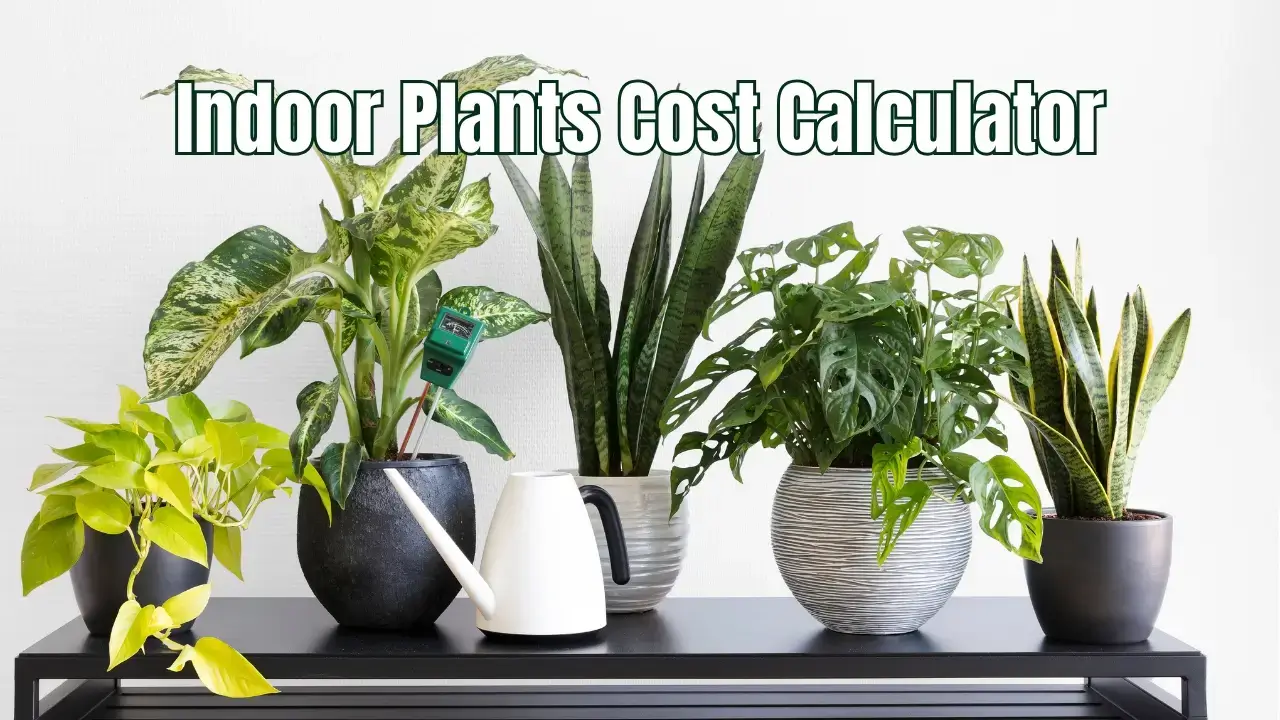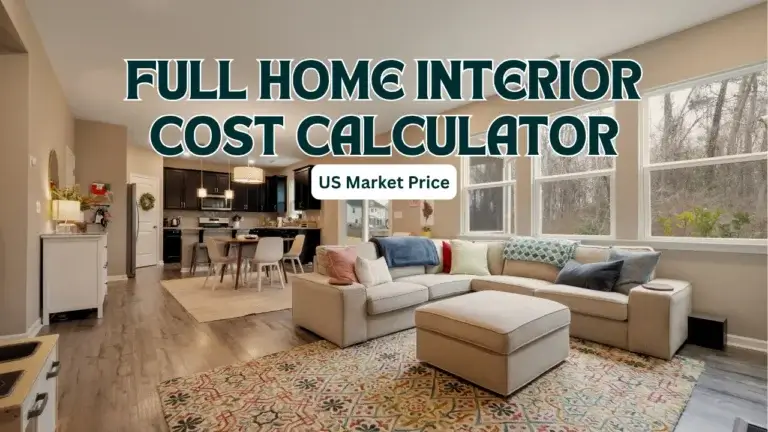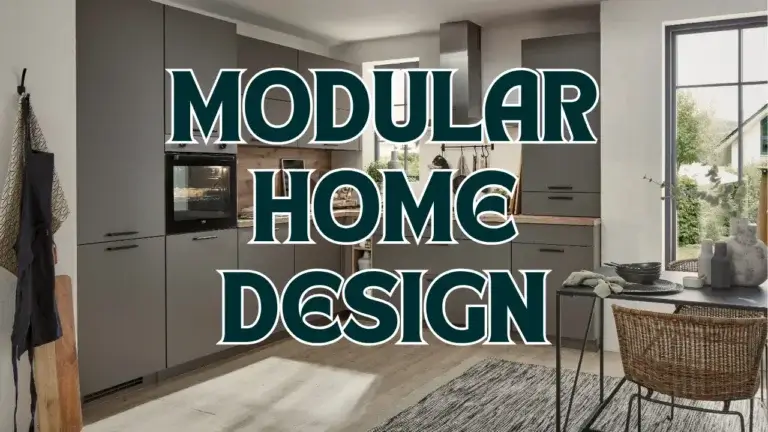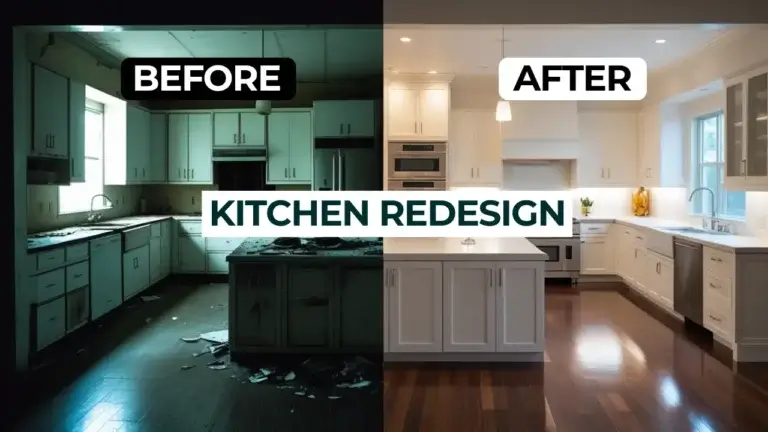1. Introduction
Indoor plants have become a popular way to enhance home decor and improve indoor air quality. However, purchasing the right number and types of plants can add up quickly. The Indoor Plants Cost Calculator is a simple and effective tool designed to help plant lovers estimate the total cost of their indoor plant collection based on quantity, size, type, and optional extras like decorative pots and premium soil.
In this blog post, we’ll guide you through how to use this calculator, explain how the costs are calculated, and share tips to help you budget smartly for your indoor garden. Whether you’re starting with a few small succulents or building a lush indoor jungle, this tool provides valuable insights to plan your plant purchases efficiently.
Indoor Plants
Cost Calculator
2. Understanding the Calculator Interface
The Indoor Plants Cost Calculator features a clean, user-friendly design that works smoothly on both desktop and mobile devices. It allows you to quickly input your preferences and get an accurate cost estimate for your indoor plant purchases.
Here’s a breakdown of the key inputs you’ll use:
- Number of Plants: Enter how many plants you want to buy. The minimum is 1, and you can adjust the quantity as needed.
- Plant Size: Choose from Small (under 12 inches), Medium (12–24 inches), or Large (over 24 inches). Plant size directly affects the base price.
- Plant Type: Select the type of plants you prefer, such as Succulent, Flowering, Foliage, or Herb. Each type has different base pricing.
- Extras: Add optional extras like Decorative Pots (+$5 per plant), Premium Soil (+$3 per plant), or both (+$8 per plant). These enhance the look and health of your plants but add to the cost.
The interface includes clear labels and dropdown menus for easy selection. Once you’ve entered your choices, simply click the Calculate Now button to see your estimated total cost and a detailed cost breakdown.
This intuitive layout helps you experiment with different combinations to find the best fit for your budget and style.
3. How the Cost Calculation Works: Step-by-Step
The Indoor Plants Cost Calculator estimates your total cost by combining the number of plants, their size, type, and any extras you choose. Here’s how it works:
- Base Price per Plant: Each plant type and size has a base price. For example, a small succulent costs about $8, while a large flowering plant costs around $25.
- Extras Cost: Optional extras like decorative pots add $5 per plant, premium soil adds $3, and choosing both adds $8 per plant.
- Total Cost Calculation: The calculator adds the base price and extras cost per plant, then multiplies by the number of plants you want.
- Detailed Breakdown: After calculation, you’ll see a clear breakdown showing:
- Number of plants
- Base cost per plant by type and size
- Extras cost per plant
- Total estimated cost
- Additional Insights: The calculator also notes that indoor plant prices have increased about 65% from 1990 to 2025, and that maintenance costs like watering and fertilizing are not included. Buying in bulk or from local nurseries may reduce costs.
This transparent method helps you understand exactly where your budget goes and plan your indoor garden purchases wisely.
Practical Tips for Using the Indoor Plants Cost Calculator
To get the most accurate and helpful estimate from the Indoor Plants Cost Calculator, consider these tips:
- Enter a Realistic Number of Plants: Make sure to input the actual number of plants you plan to purchase to get a precise total cost.
- Choose the Right Plant Size: Select the size that best matches the plants you want-small, medium, or large-as size significantly affects price.
- Pick the Correct Plant Type: Different plant types like succulents, flowering plants, foliage, or herbs have different base prices. Choose the type that fits your needs.
- Consider Extras Wisely: Extras such as decorative pots and premium soil add to the cost but improve the look and health of your plants. Decide what fits your budget and style.
- Keep Maintenance Costs in Mind: The calculator does not include ongoing maintenance costs like watering and fertilizing, which vary by plant.
- Look for Bulk Discounts: Buying plants in bulk or from local nurseries may help reduce overall costs.
- Review the Detailed Breakdown: After calculation, review the cost breakdown to understand how each factor influences the total price.
By following these tips, you can plan your indoor plant purchases efficiently and stay within your budget.
Benefits of Using the Indoor Plants Cost Calculator
Using the Indoor Plants Cost Calculator offers several advantages for plant lovers and homeowners:
- Quick and Accurate Estimates: Instantly calculate the total cost based on your plant quantity, size, type, and extras without manual calculations.
- Clear Cost Breakdown: Understand how each factor-plant type, size, and optional extras like decorative pots or premium soil-contributes to your overall budget.
- Budget Planning Made Easy: Experiment with different plant combinations and extras to find the best fit for your budget and style preferences.
- User-Friendly and Accessible: The calculator’s clean design works well on both desktop and mobile devices, making it convenient to use anytime, anywhere.
- Informed Purchasing Decisions: By knowing your estimated costs upfront, you can shop smarter, avoid overspending, and prioritize plants and accessories that matter most.
- Updated Market Data: Prices are adjusted for inflation and current market trends, ensuring your estimates reflect realistic 2025 costs.
This tool empowers you to plan your indoor garden purchases confidently, saving time and reducing guesswork.
Frequently Asked Questions (FAQs)
Q1: How does plant size affect the cost?
A: Larger plants generally cost more due to their size and care requirements. For example, a large succulent costs about $20, while a small one is around $8.
Q2: What extras can I add, and how much do they cost?
A: You can add decorative pots (+$5 per plant), premium soil (+$3 per plant), or both (+$8 per plant). These extras enhance the plant’s appearance and health.
Q3: Are maintenance costs included in the estimate?
A: No, maintenance costs like watering and fertilizing vary widely and are not included in the calculator.
Q4: Can buying in bulk reduce costs?
A: Yes, purchasing plants in bulk or from local nurseries may lower the overall price.
Q5: How have indoor plant prices changed over time?
A: Indoor plant prices have increased approximately 65% from 1990 to 2025, adjusted for inflation and market trends.
Q6: Is this calculator suitable for all types of indoor plants?
A: The calculator covers common types like succulents, flowering plants, foliage, and herbs, providing a good estimate for typical indoor plant purchases.
Conclusion
The Indoor Plants Cost Calculator is a simple yet powerful tool that helps you estimate the total cost of your indoor plant purchases quickly and accurately. By considering the number of plants, their size, type, and optional extras like decorative pots and premium soil, you get a clear picture of your budget needs.
Using this calculator allows you to plan your indoor garden purchases with confidence, avoid unexpected expenses, and make informed decisions about the types and quantities of plants to buy. The detailed cost breakdown also helps you understand how each choice impacts your overall spending.
Try the calculator with your own preferences to get a personalized estimate. If you have any questions or want to share your experience, feel free to leave a comment below. Growing your indoor plant collection starts with smart budgeting-and this tool is here to guide you every step of the way.

My name is Mahi Uddin, and I’m a blog writer with over two years of experience specializing in creating engaging, informative content using AI tools. I contribute to InExDecor.com, where I share creative ideas and practical tips for transforming interior and exterior spaces into beautiful, functional environments. With a passion for storytelling and a knack for blending creativity with technology, I strive to craft blogs that not only inform but also inspire readers. When I’m not writing, you can find me exploring design trends or enjoying a good book with a cup of coffee.








